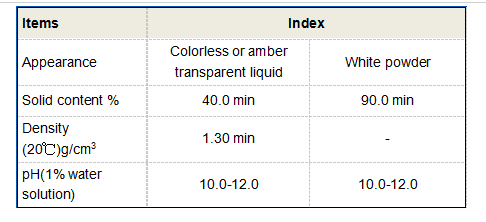Coagulation and Flocculation Processes for Effective Water Treatment and Purification Techniques
Coagulation and Flocculation in Water Treatment
Water treatment is a critical process that ensures the availability of clean and safe drinking water. Among the various techniques employed in this field, coagulation and flocculation play pivotal roles in removing impurities, suspended solids, and pathogens from water sources. Both processes are essential for achieving effective water purification, particularly in municipal water treatment plants and industrial applications.
Coagulation The First Step
Coagulation is the initial phase of the water treatment process. It involves the addition of coagulants, which are chemical substances that destabilize colloidal particles suspended in water. Common coagulants include aluminum sulfate (alum), ferric chloride, and polyaluminum chloride. When these chemicals are added to water, they neutralize the surface charges of the particles, allowing them to come closer together and form aggregates.
The effectiveness of coagulation largely depends on several factors, including pH, temperature, and the type of coagulant used. For instance, the optimal pH for alum is typically between 6.5 and 7.5; deviations from this range can reduce its effectiveness, leading to poorer removal of pollutants. Therefore, water treatment facilities often conduct jar tests to determine the best coagulant dose and conditions to maximize performance.
Flocculation The Aggregation Process
Following coagulation, the process transitions to flocculation. Flocculation involves gentle mixing to encourage the agglomeration of destabilized particles into larger clusters known as flocs. This step is crucial as it enhances the settling and removal of particles in subsequent processes.
Flocculators are systems designed to facilitate this gentle mixing, and they come in various designs, such as paddle mixers or tube-based systems. The key is to maintain a low shear environment that allows the flocs to grow without breaking apart. The addition of flocculants, such as polymers, may also enhance this process by promoting the bonding of particles.
coagulation and flocculation in water treatment

The size and density of the flocs generated during this stage are critical for effective sedimentation or filtration. Well-formed flocs settle more rapidly and can be effectively removed from the water, thereby reducing turbidity and improving overall water quality.
Benefits of Coagulation and Flocculation
The combined processes of coagulation and flocculation offer numerous benefits in water treatment. Primarily, they contribute to the removal of suspended solids, organic matter, and microorganisms, which are often responsible for waterborne diseases. For instance, the removal of pathogens through these processes significantly reduces the risk of illnesses such as cholera and giardiasis.
Moreover, coagulation and flocculation help in achieving compliance with regulatory standards for turbidity and other water quality parameters. Clear water not only improves the aesthetic quality of drinking water but also enhances the efficiency of downstream processes, such as filtration and disinfection.
Additionally, these processes are cost-effective and can be adapted to treat a wide range of water qualities, making them versatile options for different water treatment facilities.
Conclusion
In summary, coagulation and flocculation are indispensable processes in the water treatment industry. They work together to effectively remove contaminants, improve water clarity, and ensure the safety of drinking water. Understanding the mechanisms and optimizing the conditions for these processes are vital for water treatment professionals. As global water concerns continue to rise, enhancing coagulation and flocculation techniques will remain a priority to meet the growing demand for clean, safe water. Through ongoing research and development, the future of water treatment can continue to evolve, ensuring access to this vital resource for all.
-
Water Treatment with Flocculant Water TreatmentNewsJun.12,2025
-
Polymaleic AnhydrideNewsJun.12,2025
-
Polyaspartic AcidNewsJun.12,2025
-
Enhance Industrial Processes with IsothiazolinonesNewsJun.12,2025
-
Enhance Industrial Processes with PBTCA SolutionsNewsJun.12,2025
-
Dodecyldimethylbenzylammonium Chloride SolutionsNewsJun.12,2025





